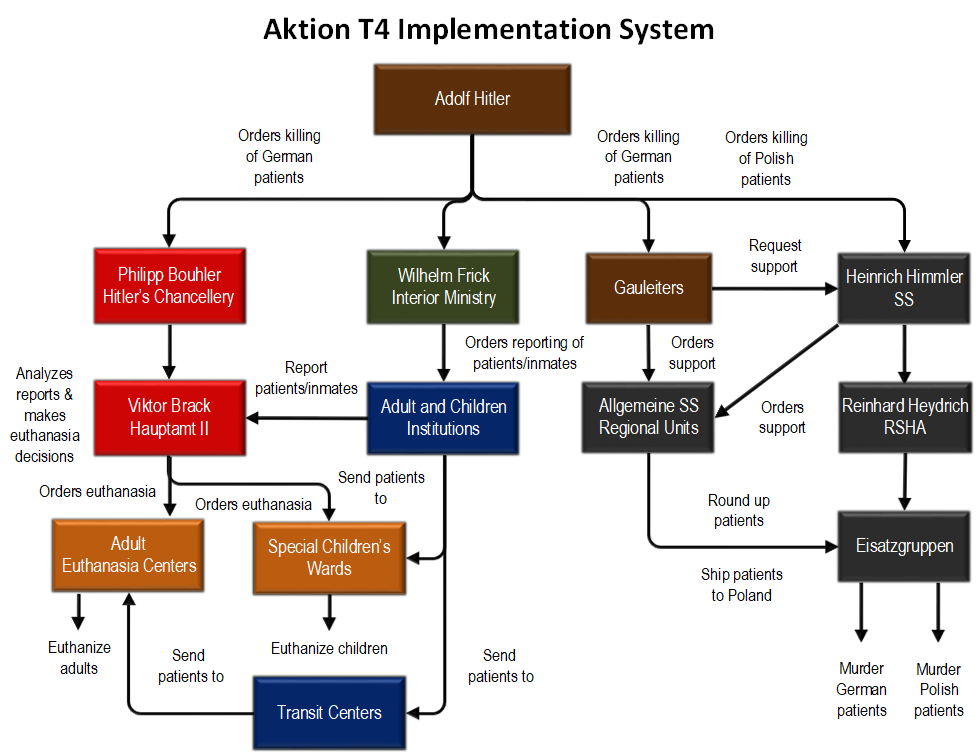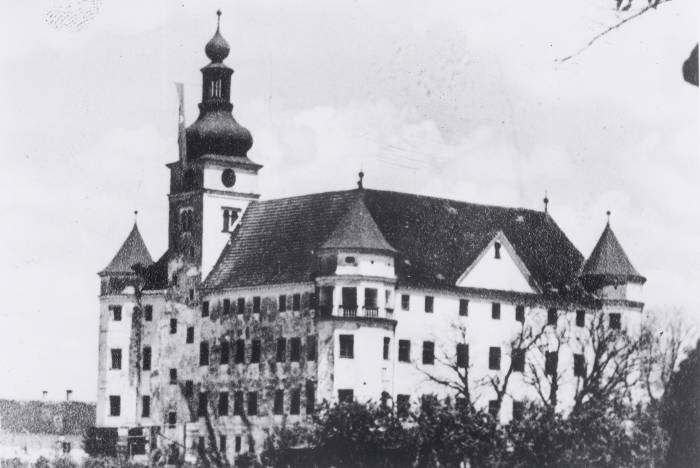
For five months both operations (Aktion T4 and Aktion 14f13) were running in parallel and largely followed the same very much criminal process. Actually, de-jure the latter was even more criminal than the former, because Hitler’s letter (of questionable legality) that authorized Aktion T4 said nothing about KL.
Viktor Brack assembled a panel of psychiatrists and physicians who (unlike the Aktion T4 experts who worked with reports only) personally visiting KL to select sick and incapacitated prisoners for euthanasia.
The reason for personal visits was plain and simple – unlike institutions that sent reports to Aktion T4 doctors, KL simply could not do it because it did not have qualified psychiatrists (or physicians for that matter).
As experts had to examine the subjects themselves (and as there were far more KL inmates than patients in mental institutions), Aktion 14f13 panel employed far more experts.
Hence the list of “medical perpetrators” was quite long and included a number of prominent and distinguished professionals – professors Werner Heyde and Hermann Paul Nitsche and doctors Friedrich Mennecke, Curt Schmalenbach, Horst Schumann, Otto Hebold, Rudolf Lonauer, Robert Müller, Theodor Steinmeyer, Gerhard Wischer, Viktor Ratka and Hans Bodo Gorgaß.
Still, to speed up the process, KL commandants made a preliminary list of Ballastexistenzen (“dead weight prisoners”) themselves thus pre-selecting inmates for euthanasia. However, the experts had the right (and often exercised it) to expand these lists including inmates that commandants could have overlooked.
The final lists included all inmates who had been unable to work for a certain period of time or was substantially incapacitated and would not be able to ever return to work.
These lists were then were sent to central T4 office in Berlin where the final euthanasia decisions were made. Those selected for “special treatment” were transported either by bus (using the special transportation company) or by train to the nearest killing center.
There they were examined for gold teeth by a prison doctor and labeled appropriately before being led (usually using some type of ruse) into a gas chamber, where they were gassed with carbon monoxide – usually less than 24 hours after arrival.
Orderlies of the killing center in question removed gold teeth from the mouths of the cadavers (these were considered Reich’s property and thus were sent to Berlin HQ). After this procedure was completed, the bodies were incinerated in the center’s crematorium.
The murders were carried out by the same staff and using the same means as used previously in Aktion T4. A few administrative details were changed, in that the deaths were recorded by members of the respective camp administration (not medical doctors); they informed relatives of the deaths, claiming illness (usually pneumonia) as the cause.
To avoid even the possibility of resistance, condemned inmates were told (rather convincingly) they would go to a “recovery camp”, where they would have light duties. However, as the belongings of murdered victims were sent back to the camp warehouse for sorting (a really dumb idea), some inmates had to be taken to gas chambers by force.
Aktion 14f13 was launched sometime in April 1941 when the first known selection of “unproductive ballast” took place at Sachsenhausen. By the summer, at least 400 prisoners from that camp had been killed. During the same period, 450 prisoners from Buchenwald and 575 prisoners from Auschwitz were gassed at the Sonnenstein Euthanasia Centre.
Between September and November 1941, 3,000 prisoners from Dachau and several thousand inmates from Mauthausen and neighboring KL Gusen, were gassed at Hartheim.
The Ballastexistenzen from the Flossenbürg, Neuengamme and Ravensbrück camps were also selected and killed. After November, another 1,000 prisoners from Buchenwald, 850 from Ravensbrück and 214 from Groß-Rosen, were gassed at Sonnenstein Castle and Bernburg. From March to April 1942, some 1,600 women were selected at Ravensbrück and gassed at Bernburg.
The death toll of Aktion 14f13 is estimated at about 20,000 making it a “mini T4” (the latter killed about ten times more). The main reason for that is that, unlike mental institutions, KL were factories that produced highly valuable products.
Consequently, with a constantly increasing demand for labor (especially after the commencement of the “final solution tom a Jewish question”) camp commanders increasingly focused on getting as much as possible value out of every inmate. Which predictably imposed strict restrictions on selections (and thus on euthanasia).
In April of 1944 the KL-Inspectorate (the central SS administrative and managerial authority for the internment camps of the Third Reich) made the next logical step. From that date on, selection of the inmates to be euthanized became the responsibility of camp administrations, usually the camp doctor.
Some Ballastexistenzen were killed in the camp (usually by lethal injection); others were sent to a death camp (i.e. the one that had a gas chamber, such as Mauthausen, Sachsenhausen or Auschwitz).
Still others (including no longer useful forced laborers from Eastern Europe, Soviet POWs and even some Hungarian Jews) were gassed at Hartheim. The last prisoner transport to Hartheim was on December 11, 1944, ending the operation (thankfully) for good.
The gas chambers at Hartheim were destroyed and traces of their use were removed, as much as possible and the castle was used as an orphanage (of all purposes).
Like its “bigger sister” (Aktion T4), Action 14f13 was an extensive operation; consequently, the list of perpetrators (i.e. guilty of murder, conspiracy to commit murder and felony murder) is quite long.
The key individuals that initiated and managed this murderous operation are:
- Heinrich Himmler – SS Reichsfuhrer; ordered planning and execution of Action 14f13. Committed suicide (?) after being captured by the Allies
- Philipp Bouhler – Reichsleiter and SS-Obergruppenfuhrer; ordered resources of Aktion T4 to be delivered to Heinrich Himmler to be used in Aktion 14f13. Committed suicide to avoid trial for his crimes.
- Viktor Brack – SS-Oberführer; chief of Hauptamt II of the KdF and the COO of Aktion T4; delivered the resources of the latter to Heinrich Himmler. Tried, convicted and executed for crimes against humanity.
- Werner Heyde – SS-Hauptsturmführer (captain); chief of staff of the medical department in the SS-Hauptamt (headquarters); one of the top managers of the medical side of Aktion T4 (and the key member of the panel of medical experts that selected inmates for euthanasia). Committed suicide to avoid trial for his crimes.
- Horst Schumann – SS-Sturmbannführer (major); key member of the panel of medical experts that selected inmates for euthanasia. Arrested only in 1970 but quickly released due to “heart condition and generally deteriorating health”. Given the fact that he lived for 11 more years, he was possibly released because he had acquired valuable knowledge on radiation poisoning (he conducted experiments of that nature in Auschwitz)
- Richard Glücks – SS-Gruppenführer; Concentration Camps Inspector; managed the administrative side of Aktion 14f13. Committed suicide (?) on May 10th, 1945.
Again, like its “bigger sister” (Aktion T4) made no material contribution to the Nazi war effort. It only consumed highly valuable resources (including time and energy of SS-Reichsfuhrer Heinrich Himmler). Consequently, it was a colossal blunder – Nazis would have been much better off by just feeding and otherwise helping sick prisoners (or, better, by having them released as due to ill health they were no longer a security risk).
 Aktion 14f13 was in many ways similar to Aktion T4 – the Nazi program of involuntary euthanasia of mentally ill, disabled, disfigured and inmates of hospitals and nursing homes deemed incurable by psychiatrists or physicians and thus judged to be unworthy of being members of Nazi society (which was considered a privilege by the Nazis). I will cover this program in appropriate detail in one of the next subsections.
Aktion 14f13 was in many ways similar to Aktion T4 – the Nazi program of involuntary euthanasia of mentally ill, disabled, disfigured and inmates of hospitals and nursing homes deemed incurable by psychiatrists or physicians and thus judged to be unworthy of being members of Nazi society (which was considered a privilege by the Nazis). I will cover this program in appropriate detail in one of the next subsections.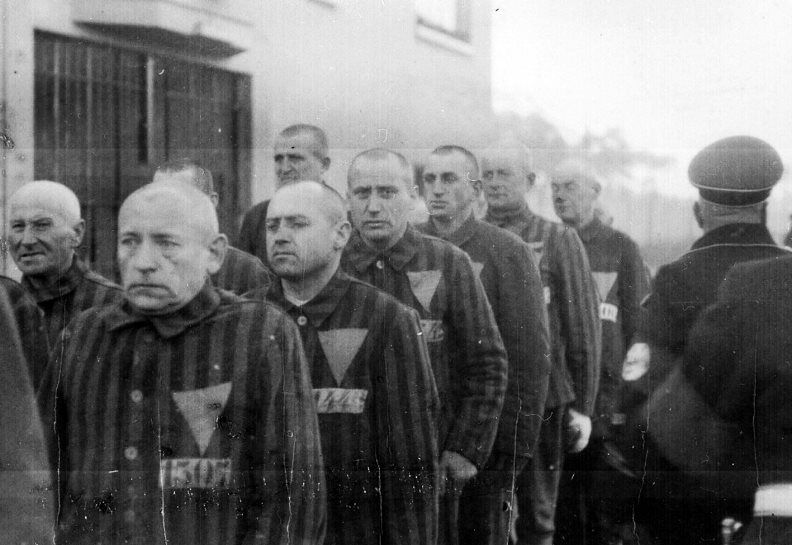
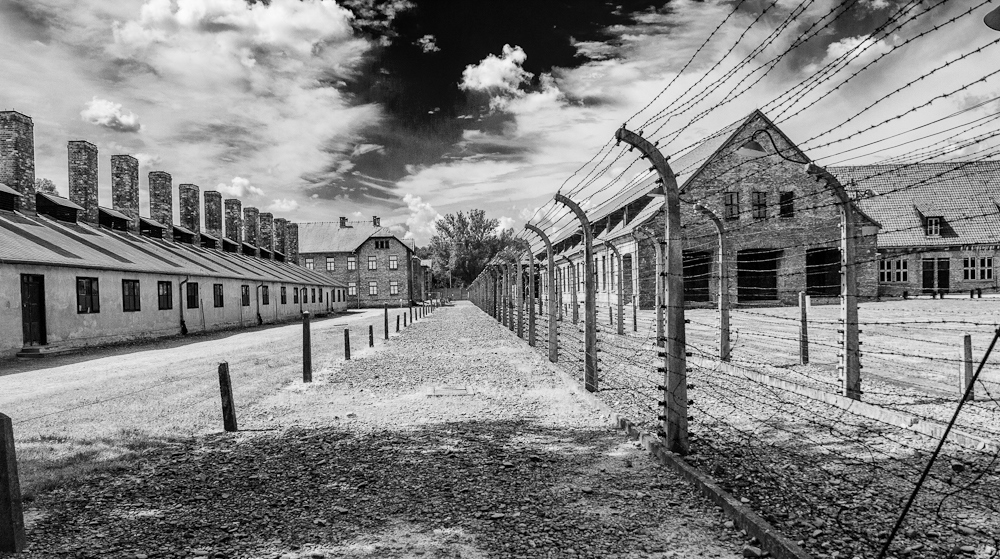
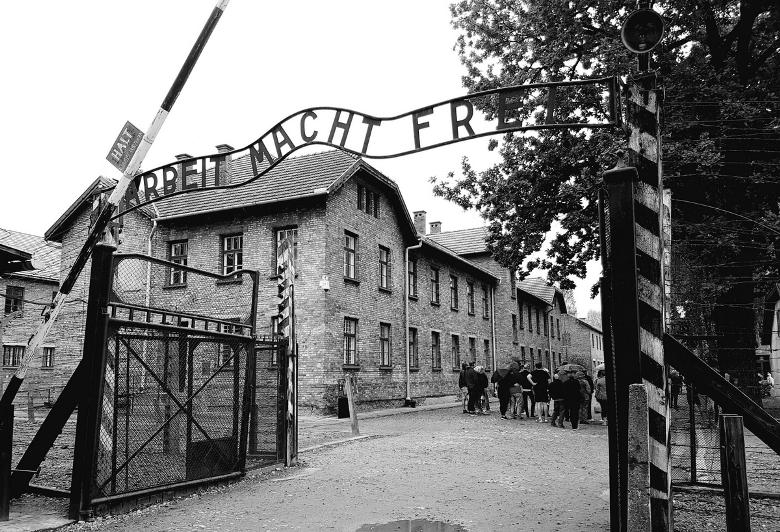
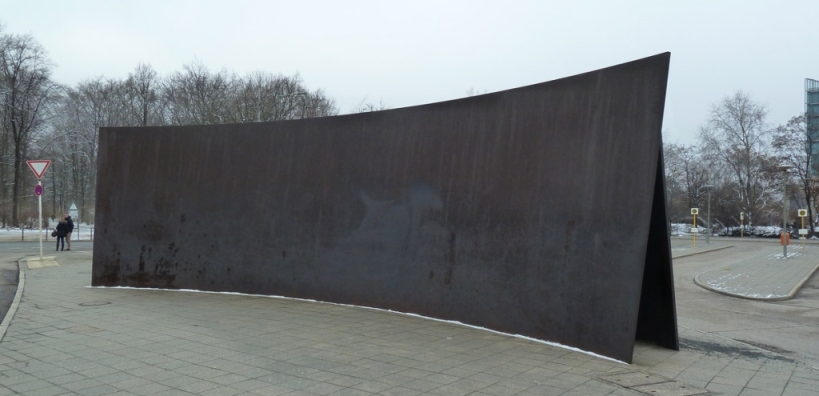
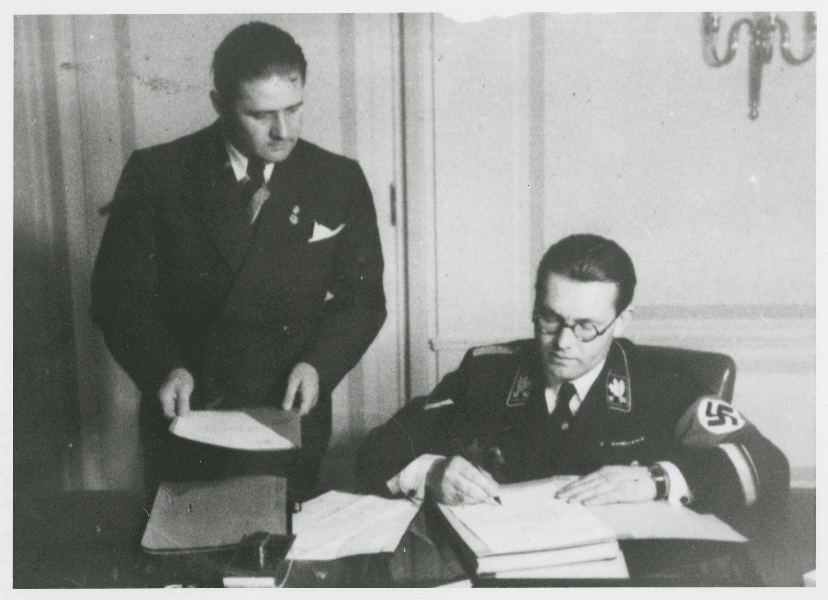
 Contrary to a very popular misconception, it was not the Holocaust but Aktion T4 that designed, developed and implemented a radically new concept of mass murder – the industrial murder.
Contrary to a very popular misconception, it was not the Holocaust but Aktion T4 that designed, developed and implemented a radically new concept of mass murder – the industrial murder.